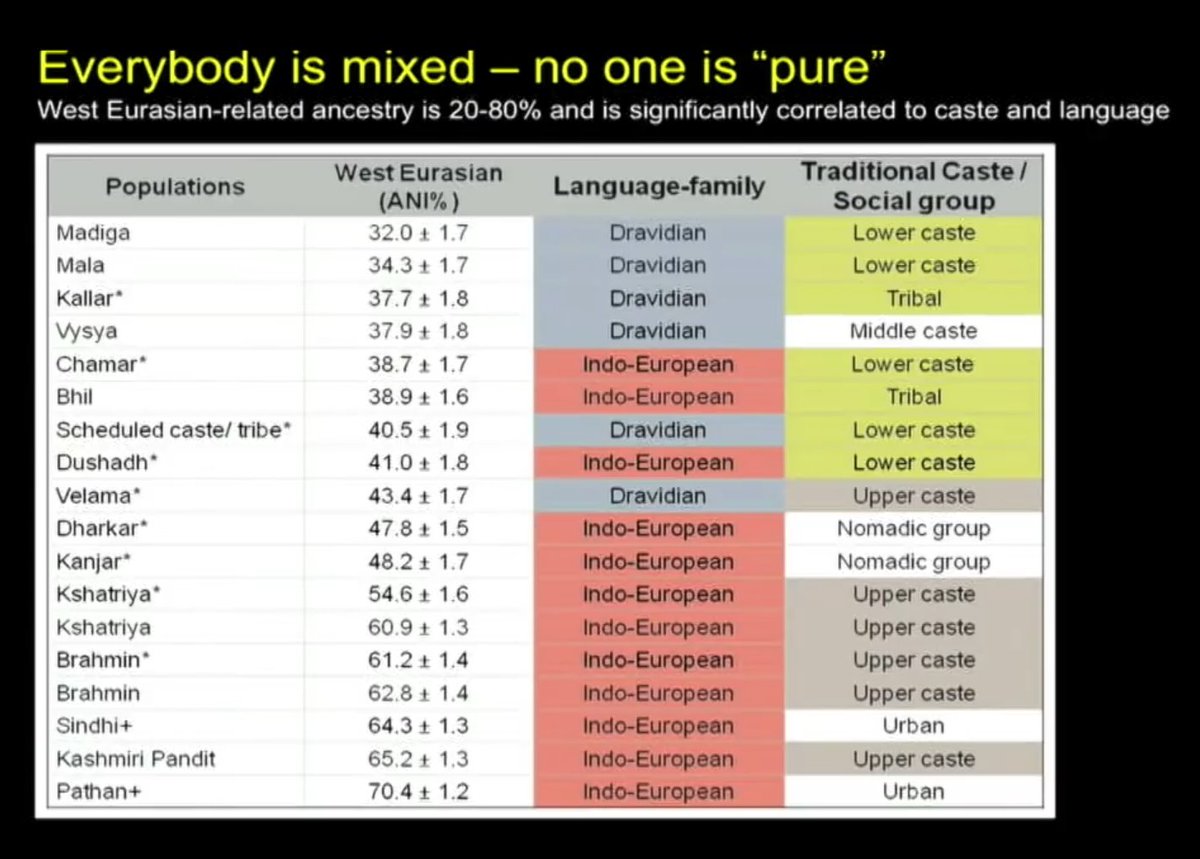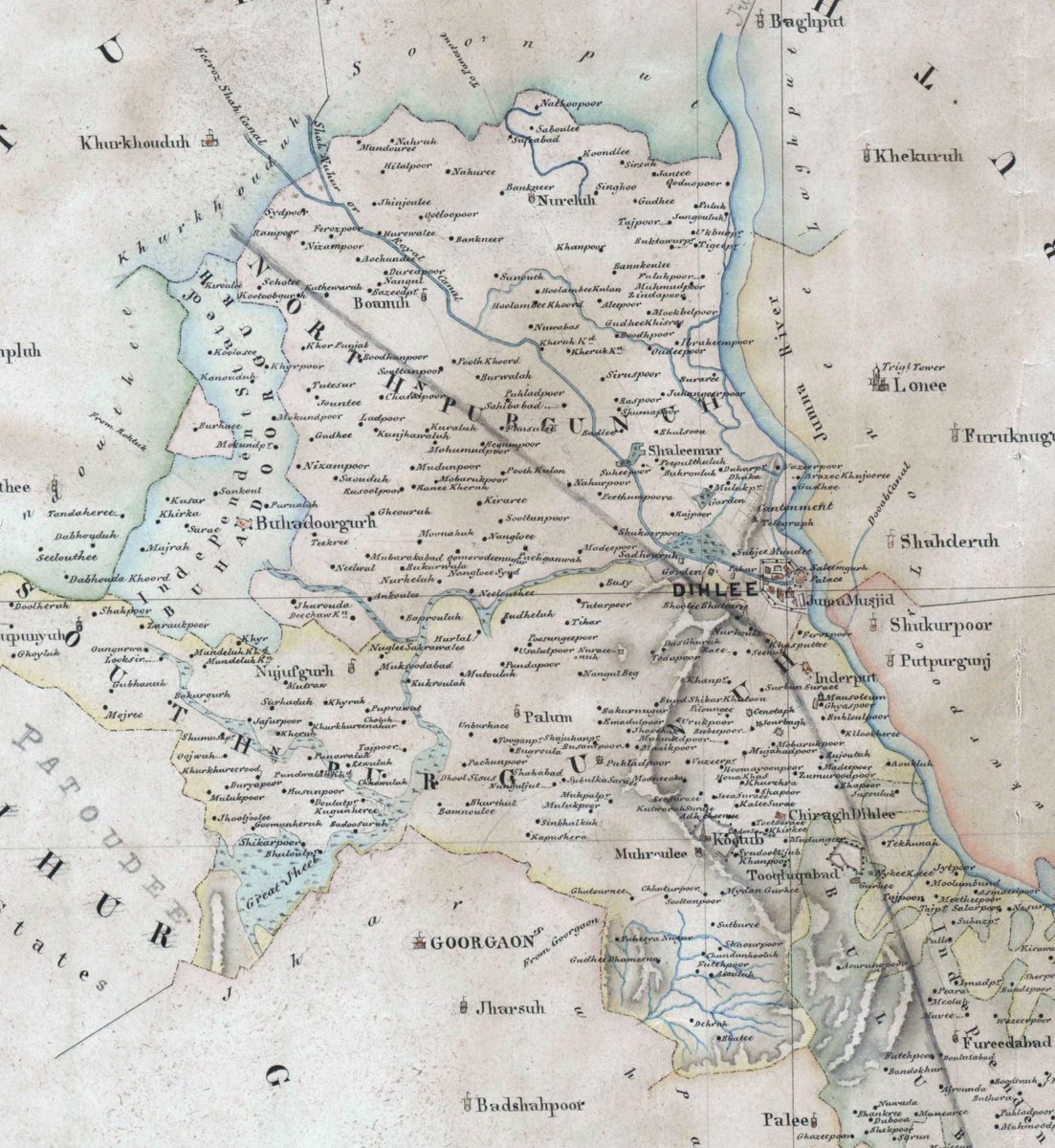You must have eaten these dishes from various parts of India. But do you know which Sanskrit word their names evolved from? Here's a list of some of them!
1)The Sanskrit word क्वथित, which originally meant 'boiled' or a decoction of milk, turmeric and hing, evolved into कढ़ी!
1)The Sanskrit word क्वथित, which originally meant 'boiled' or a decoction of milk, turmeric and hing, evolved into कढ़ी!

2)The Sanskrit word भ्रष्ट्रपूरा* (frying pan/ oven cake) evolved into भटूरा, a popular delicacy in states like Punjab and a stuffed yeast fermented variant called भटूरू in areas like Kullu in Himachal Pradesh. 
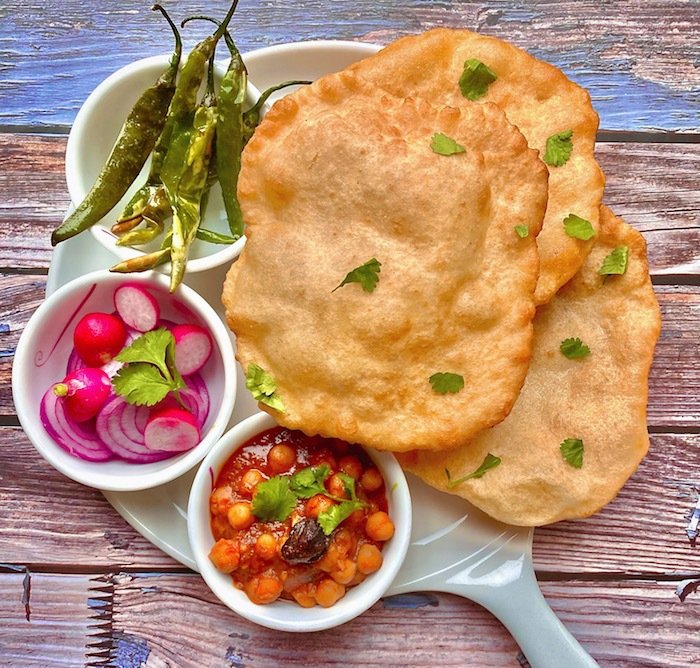
3)The Sanskrit word घृतपूर (clarified butter or ghi cake) evolved into घेवर! It is a popular sweet dish in states like Haryana and Rajasthan. 

4)The Sanskrit word पृथुक (flattened rice or grain) evolved into पोहा, which is a popular breakfast in a large chunk of India. 
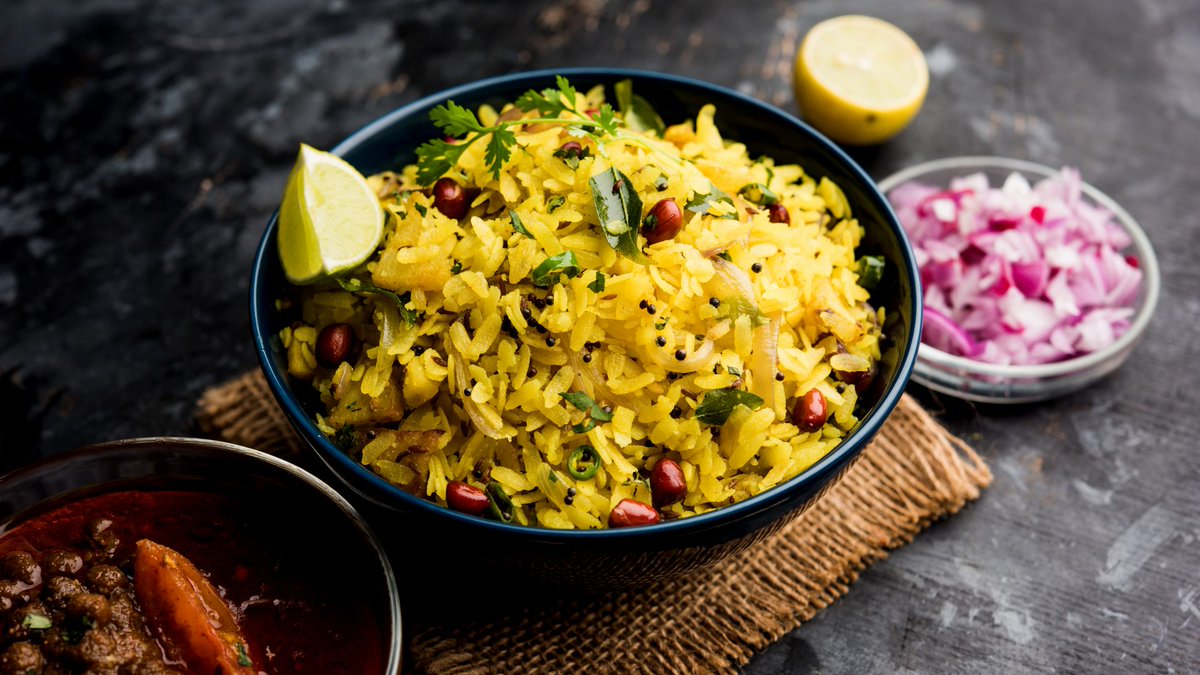
5)The Sanskrit word पत्त्रवट* (leaves and lumps of pulse) evolved into पत्रोड़ू or पतोड़, the first word being popular in lower Himachal Pradesh. These are steamed and fried leaves of the Colocasia plant smeared with dal batter. It is eaten in other parts of India too. 
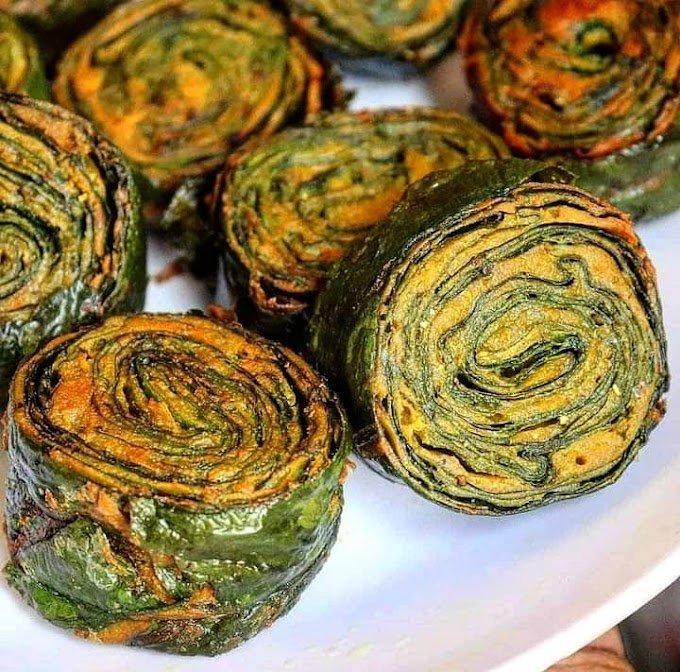
6)The Sanskrit word लिट्ट* with a suffix इका, together mean a small lump), gave rise to लिट्टी, the star dish from regions like Eastern UP, Bihar and Nepal Madhesh. These are roasted/fried balls of parched gram flour covered with wheat flour. 

7)The word पक्वपूपड*, meaning 'cooked cake', gave rise to the word पकौड़ा which is the famous quintessential gram flour fritter. 

8)The Sanskrit word भृज्जित*, meaning 'fried', gave rise to the word भुजिया which is a favorite snack for many. 

9)The Sanskrit word, वटिका meaning 'a small lump (of pulse)' gave rise to the words बड़ी and वड़ी. These sun dried pieces of pulse literally mean 'a small बड़ा/वड़ा', the word coming from वट (pulse ball). 
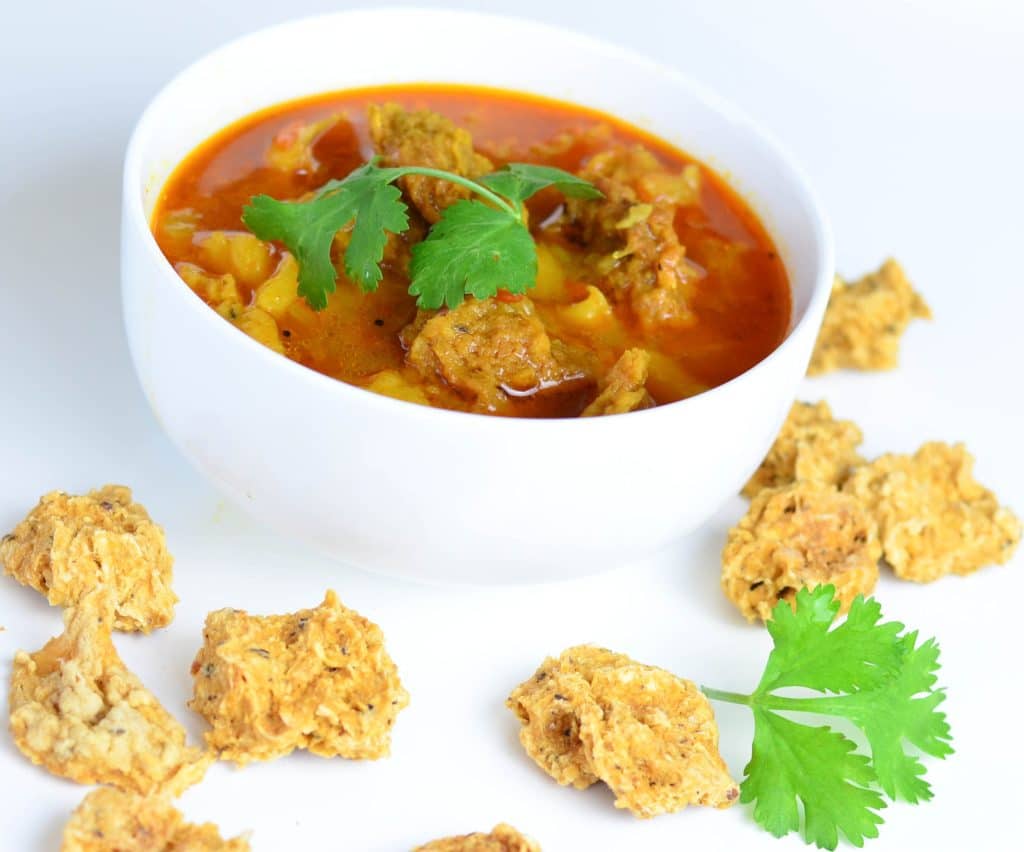
10)The Sanskrit word राजिकातिक्तक*, which literally means mustard pickle, gave rise to the cool रायता. 
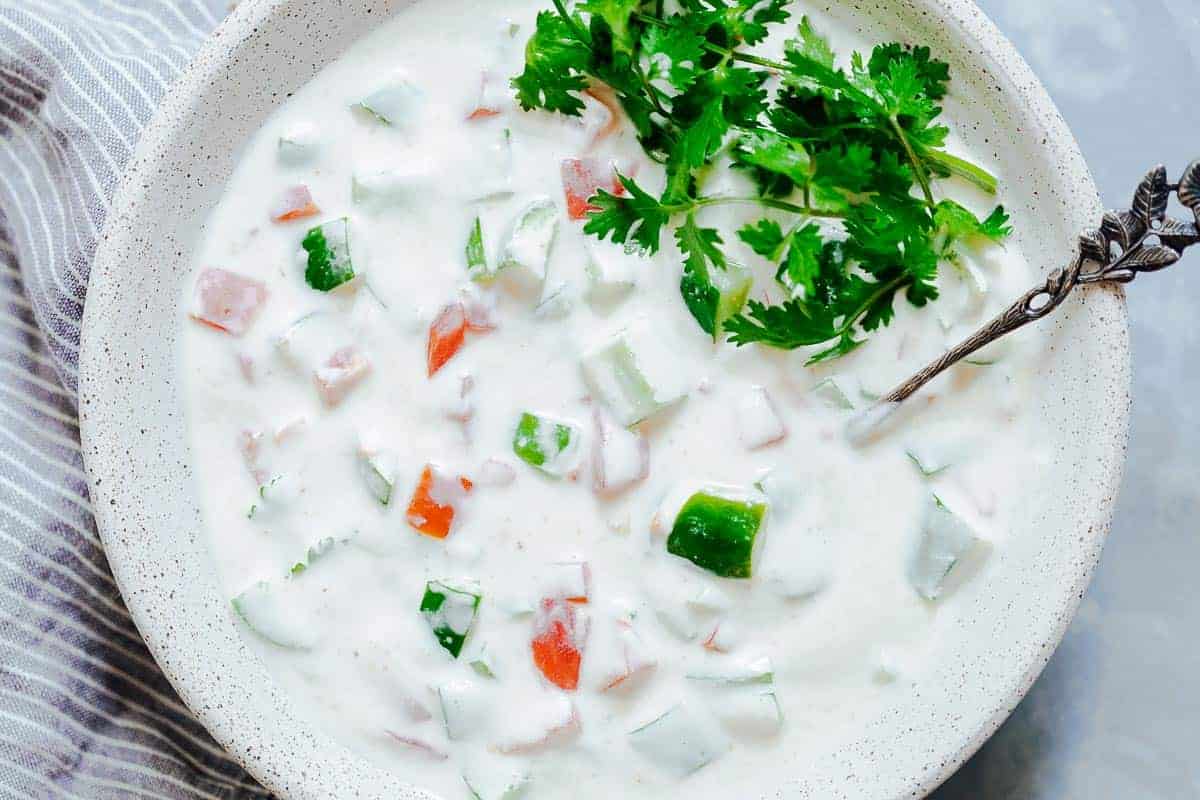
The Sanskrit words took a journey of many centuries, being on the tongue of generations of people and changing, sound by sound until they took our familiar modern forms. Many times the meaning changed and many times it didn't. Sometimes the ingredients changed. But the words..
always tried to describe the dishes with brevity and faithfulness.
Source: Turner's Etymological Dictionary
Note: Starred words indicate reconstructed Sanskrit roots which are unattested in literature.
Source: Turner's Etymological Dictionary
Note: Starred words indicate reconstructed Sanskrit roots which are unattested in literature.
• • •
Missing some Tweet in this thread? You can try to
force a refresh



